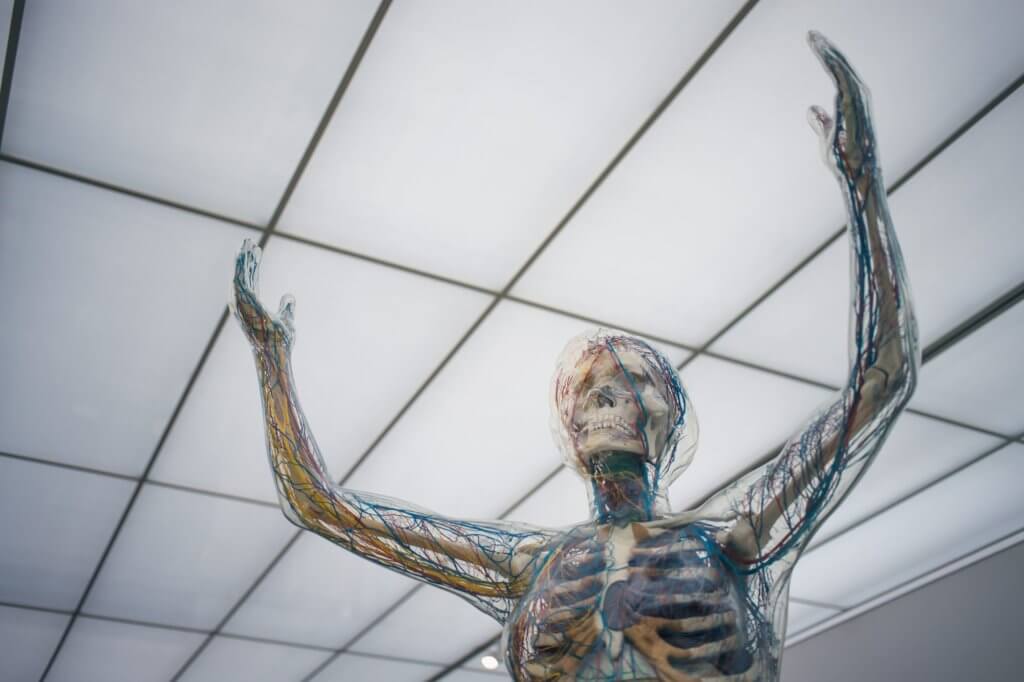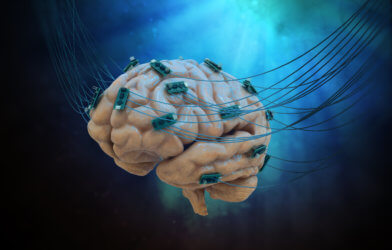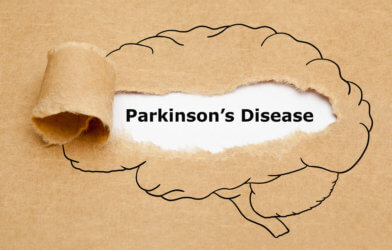Physicians at St. David’s Medical Center in Austin, Texas made history recently by being among the first in the United States to implant a neurostimulator technology in patients to treat advanced heart failure.
The Barostim System (CVRx) is currently the only treatment with FDA approval to utilize the nervous system to treat heart failure and improve the function of the cardiovascular system. It recently received the sought-after FDA Breakthrough Device Designation. This distinction is awarded to therapies that treat life-threatening diseases with no available treatment alternative.
The programmable system is placed under the patient’s collarbone and sends electrical signals to the baroreceptor. The baroreceptor detects changes in pressure in the carotid artery. The body’s main cardiovascular reflex—the baroreflex—triggers an autonomic response to the heart.
The Barostim System “activates baroreceptors in the wall of the carotid artery and stimulates the afferent and efferent pathways of the autonomic nervous system. The brain responds to the therapy by modulating efferent pathways, to relax blood vessels, slow the heart rate and reduce fluid in the body via improved kidney function,” according to the CVRx website. It is currently the only treatment that reduces sympathetic activity while simultaneously restoring parasympathetic activity.
Dr. Jeffrey Apple, a vascular surgeon at St. David’s Medical Center, performed the groundbreaking implantation procedure. Upon activation, the device delivers impulses to receptors in the carotid artery. “This tricks the body into thinking that the sympathetic and parasympathetic nervous systems are working correctly. The brain then responds and sends messages to the body that the heart is working properly. This relaxes the blood vessels, slows the heart rate and reduces fluid in the body,” Dr. Apple said in a statement.
The implantation procedure is a minimally invasive procedure performed under general anesthesia. The performing physician makes an incision in the neck to expose to the carotid artery. A 2mm electrode is then sutured to the carotid artery and connected to the implantable pulse generator (IPG). Once implanted, the stimulation lead electrically activates the baroreceptors. The IPG stimulates approximately 40 times more frequently than a pacemaker. The wireless program necessitates minimal programming, thus alleviating the load of data collection by doctors and staff.
The end goal of the therapy is to restore the balance to the autonomic nervous system, and consequently reduce the symptoms of heart failure. The device allows patients to live their lives with less limitations on their day-to-day activities. The indicated use for the Barostim System is for patients that still experience symptoms of heart failure despite guideline-directed medical therapy.
Dr. Andrea Natale is cardiac electrophysiologist at St. David’s Medical Center. “This approach to heart failure is designed to improve patients’ quality of life, including those who remain symptomatic despite taking medications and have no other device-based therapy options,” noted Natale.












